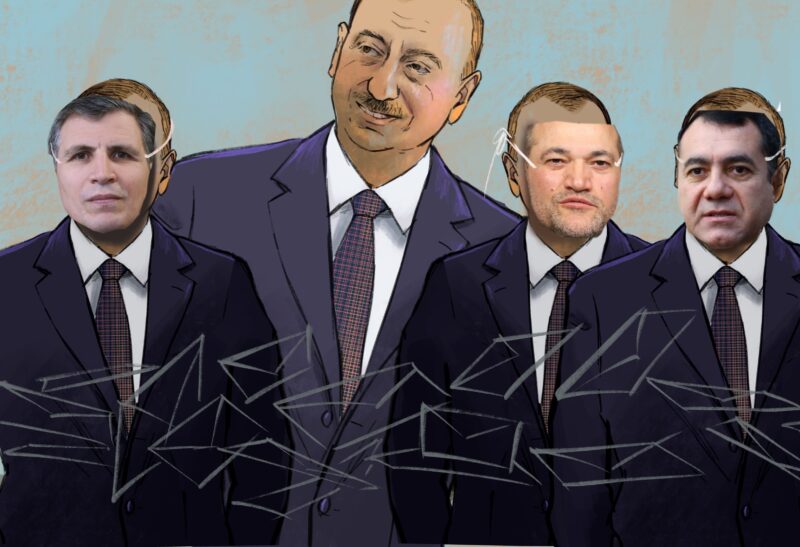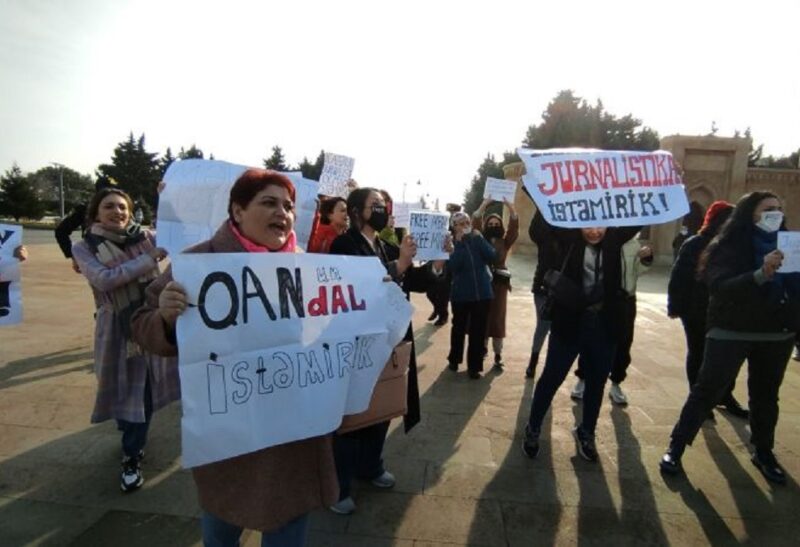A decision announced by the European Union to create a European Energy Union will affect Azerbaijan, our region, and the future of the global energy map. This union is a game changer. By the end of this year all EU member states will have to amend their legislation in accordance with the rules of the new union, and as of 2016, these regulations are going to apply across the European Union.
The decision for this union surely came as a result of Europe’s dependence on Russian gas, as well as to prevent the Kremlin from using energy as political blackmail. According to the decision:
- EU countries will pursue the policy of a united price;
- All energy related contracts and agreements will have to be within the union’s rules;
- All agreements in compliance with the European Energy Charter will come into force after the approval of the Energy Union;
- The one-sided pricing policy of energy resources of the countries wanting to sell in the European market will be terminated;
- Although the main factor in creating this union is Russia, the EU is fully aware that in the course of the next five years, new players will enter market, so the goal is apply its rules even to the new comers.
Members of the EU spend approximately €1.1 trillion annually on energy (gas, oil, coal and other energy projects). This is a very large market. If up until now Europe’s main goal was to provide Europeans with energy, now the main goal is to straighten up the market, and more importantly ensure that the spent resources remain in Europe while transitioning to a renewable energy strategy.
With the new regulations, Europe will be able to save approximately €500 billion, and most importantly, enable the EU to spend this money outside of its borders. The model for this decision comes from Denmark, were more than 47% of the country’s energy needs comes from clean, renewable sources. Norway’s model is also good – the country encourages the use of electric cars by installing free charging stations across the country and applies no tax for such cars. So there are a number of incentives introduced for these purposes.
The Institute of Energy Economics at the University of Cologne released a new
report
measuring Europe’s dependence on Russian gas. According to this report, Europe is better equipped to deal with Russian energy blackmail in 2015 than it was in 2009.
Having said this, there are a number of countries – primarily in Southern and Eastern Europe and the Baltic states – still strictly dependent on Russia’s gas supply, and the main goal is to reduce these countries’ dependence.
All of these [events] are of direct relation to Azerbaijan. The Azerbaijani government insists that Azerbaijan will be the source of European gas for the next five years, and they use this argument to gain political dividends. They do not understand that this argument, although valid for an audience at home, will not be accepted in European circles. Azerbaijan’s gas resources are important for Europe for one reason: while Russia dictates prices, having an alternative resource is helping Europe to gain an advantage in the negotiations. But both Europe and Russia know very well that Azerbaijan’s relatively small gas reserves won’t change much.
Also, the formation of the new Energy Union further undermines Azerbaijani influence – Russia will no longer dictate prices, and in the course of the next five years new players will enter the market. Aside from the players like the US, Israel, and Cyprus, Iran and Iraq are also aiming to enter the European market. And this is because the most stable, richest customers are within this market. Europe is also fully aware of this – it understands and is trying to determine the rules of the game.
If we explain the situation in numbers here is what it looks like:
– By 2020 Europe is going to need 500bcm of gas;
– Azerbaijan [in the best case scenario] will only be able to extract 10bcm;
– Iran [once sanctions are removed] can potentially supply European markets with 60bcm in three years’ time;
– Iraq’s potential is 15-20bcm;
Iran and Iraq alone can export eight times more than Azerbaijan. In the United State liquefied gas will be ready by 2016, and by 2020, will be able to extract up to 80bcm of gas. Both Israel and Cyprus intend to reach 30-40bcm of gas by 2020. With these alternatives, by 2020 Europe will have somewhere between 200-210bcm of gas, which is more than the 150bcm of gas currently supplied by Russia.
The Azerbaijani state must understand that the time of finding friends through oil and gas has come to an end. Continuing to depend on hydrocarbons as a means of achieving all economic and political goals is not sustainable. The country has to move on to a new development model, a new system. The sooner the government realizes it, the better it will be for the state and the nation. If they refuse to accept this new reality, they can only cause serious damage to themselves and the country.



